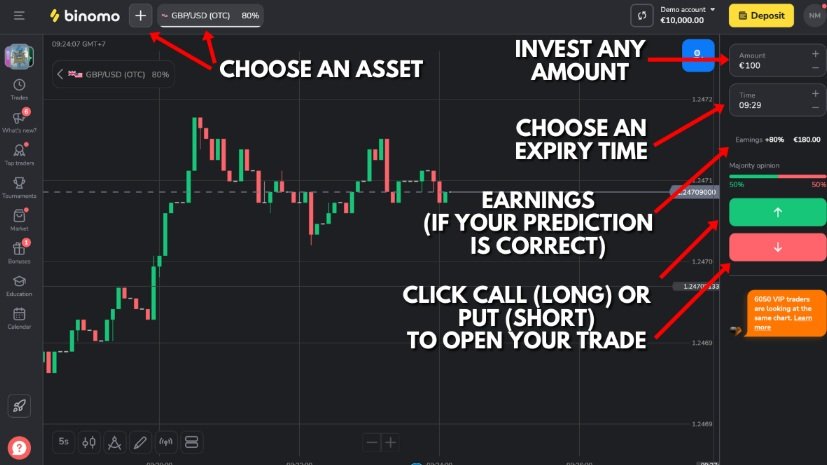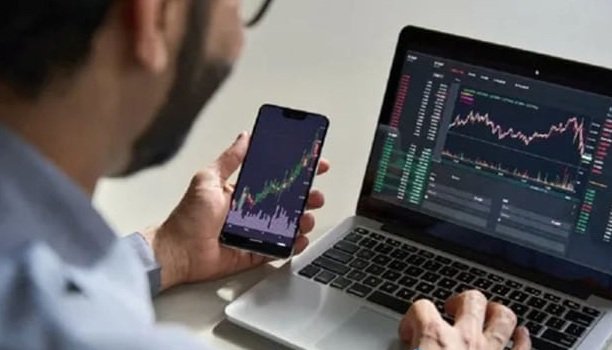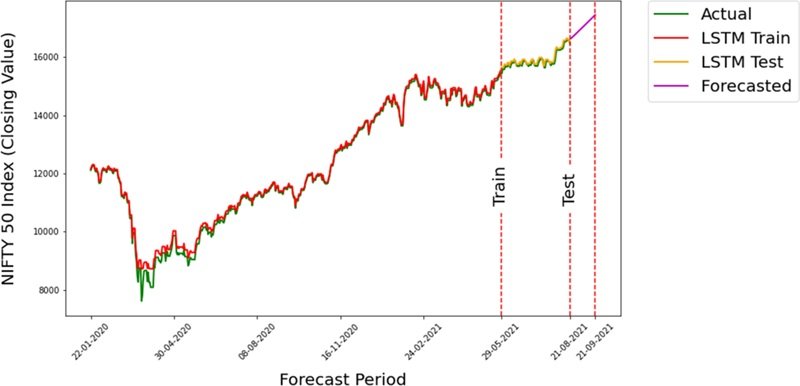In the fast-paced world of online trading, timing and planning are everything. One of the most overlooked yet powerful tools available to traders—especially those using the Binomo official platform—is the economic calendar. Whether you’re trading currencies, commodities, or stocks, economic events can trigger sharp price movements, and anticipating these shifts can give you a significant advantage.
In this guide, we’ll explore how to effectively use economic calendars to enhance your strategies and make the most of your Binomo trading account.
What Is an Economic Calendar?
An economic calendar is a real-time schedule of major economic events and data releases from around the world. These include:
- Interest rate decisions by central banks
- Inflation data (like CPI and PPI)
- Unemployment figures
- GDP reports
- Manufacturing and service indices
- Trade balances
- Political events (elections, referendums, etc.)
Each of these events has the potential to impact market volatility. For instance, a surprise interest rate hike by the U.S. Federal Reserve can cause USD-based assets to spike in value. Being aware of such events in advance allows traders to plan their trades accordingly.
Why Binomo Traders Should Use an Economic Calendar
1. Stay Ahead of Market Volatility
Trading without considering upcoming economic events is like driving blindfolded. If you’re using a Binomo trading account to execute time-sensitive trades, you need to be aware of when the markets might behave erratically. The economic calendar alerts you in advance, helping you decide whether to enter, exit, or avoid trades altogether.
2. Time Your Trades for Maximum Impact
Certain economic reports are known for causing predictable movements. For example, the U.S. Non-Farm Payrolls report (NFP), released on the first Friday of each month, often triggers major price swings in forex pairs. Traders on Binomo official can time their trades just before or after these releases, depending on their strategy.
3. Minimize Unnecessary Losses
By avoiding trades during high-impact news events—or at least preparing for higher volatility—you reduce the chances of being caught off guard. This is especially critical for short-term traders and those using binary or turbo options.
How to Use an Economic Calendar with Binomo
Step 1: Choose a Reliable Economic Calendar
There are several trustworthy economic calendars available online. Look for ones that include:
- Time of the event (adjustable to your timezone)
- Country or region affected
- Expected impact level (low, medium, high)
- Previous data vs. forecasted and actual values
Most calendars color-code events for easy readability—red for high impact, orange for medium, and yellow for low.
Step 2: Sync the Calendar with Your Trading Hours
Once you’ve chosen your calendar, match its time zone with your local time or trading session. If you’re a night trader, for example, monitor Asian market-related news. For daytime trading, focus on European or U.S. releases. Knowing what events line up with your trading windows helps optimize your strategy on the Binomo official platform.
Step 3: Mark High-Impact Events
Filter the calendar to show only high-impact events. These are more likely to cause sharp price movements and are essential to your planning. For instance, interest rate decisions, speeches by central bank officials, and inflation reports should all be on your radar.
Pro Tips for Economic Calendar-Based Trading
1. Use a Buffer Period Before and After News Releases
Markets often become erratic just before major news events. Smart traders often wait 15–30 minutes after the release to see how the market settles before making any moves.
2. Avoid Trading During Uncertainty (Unless You’re Experienced)
Some traders enjoy the volatility that comes with news releases. But if you’re new to trading, it’s better to sit out during these times until you’ve developed a clear strategy and emotional discipline.
3. Combine Technical and Fundamental Analysis
An economic calendar should complement—not replace—your technical analysis. Use it to time your entries or avoid false signals. For example, if your chart setup shows a great opportunity, but a high-impact event is just minutes away, it may be safer to wait.
Common Mistakes to Avoid
Even with the best tool, errors can happen. Watch out for these:
- Ignoring Forecasts: The market often reacts to the difference between expected and actual results.
- Overtrading Around News: Don’t fall into the trap of opening too many positions during high volatility.
- Failing to Adjust Position Size: If you do trade during news, reduce your risk by decreasing your trade amount on your Binomo trading account.
Real-Life Example: Using the Economic Calendar for USD/CAD
Let’s say the Bank of Canada is set to release its interest rate decision at 10:00 AM EST. As a trader on Binomo, you notice this is marked as a high-impact event. You’re planning to trade USD/CAD based on a candlestick breakout pattern.
Instead of entering the trade at 9:55 AM, you wait for the announcement. If the interest rate is raised unexpectedly, USD/CAD may drop sharply. Once the initial volatility calms (around 10:20 AM), you analyze the market again and make a calculated trade—this time with the event factored in.
Final Thoughts
Trading without an economic calendar is like sailing without a compass. As a Binomo trader, understanding how and when global events affect the markets gives you an edge. The Binomo official platform offers tools that pair well with fundamental analysis, helping you make smarter, more informed decisions.
Whether you’re a day trader, a swing trader, or just starting out, integrating an economic calendar into your trading routine can dramatically improve your results. It’s free, easy to use, and can be the key to turning guesswork into a structured, disciplined trading approach.










